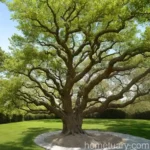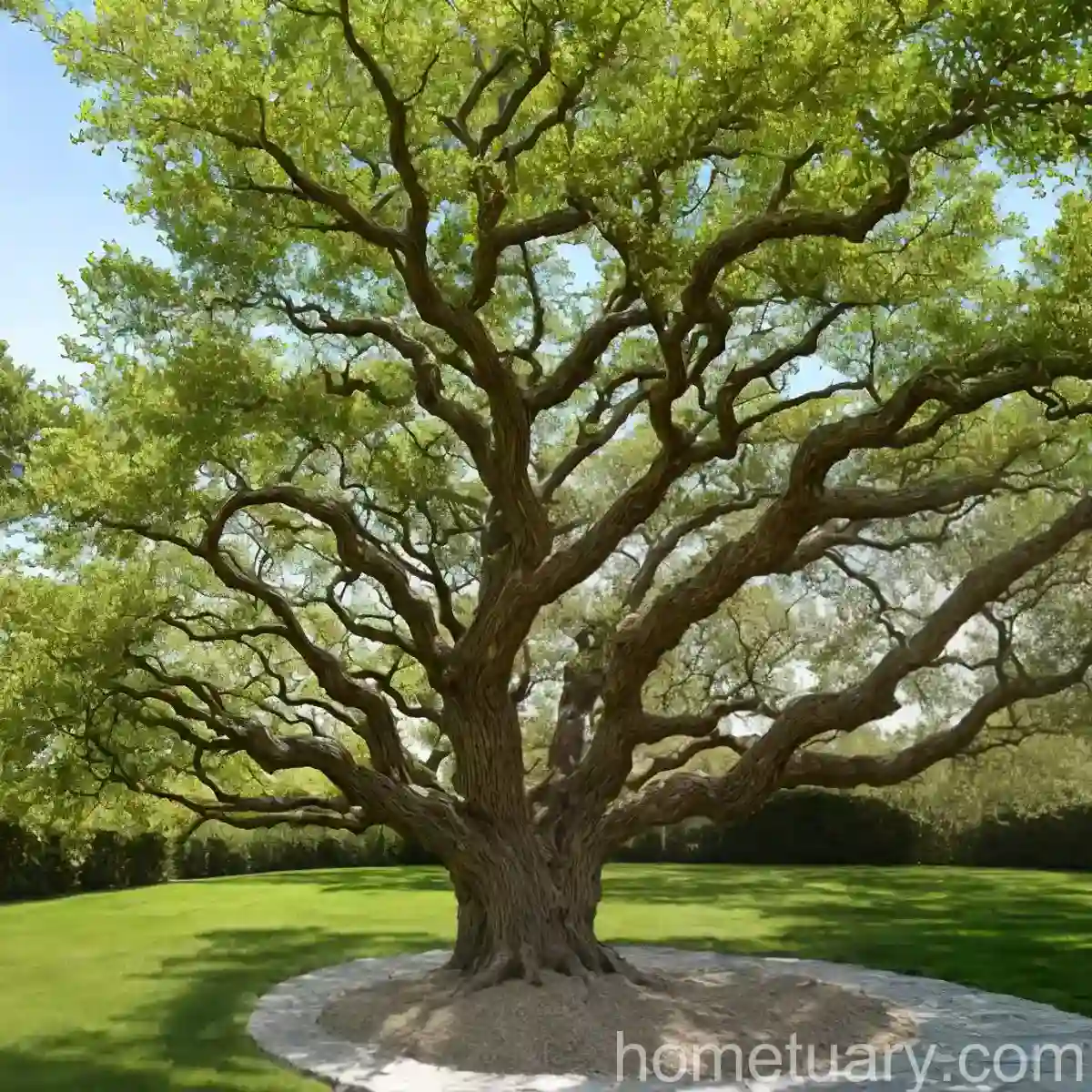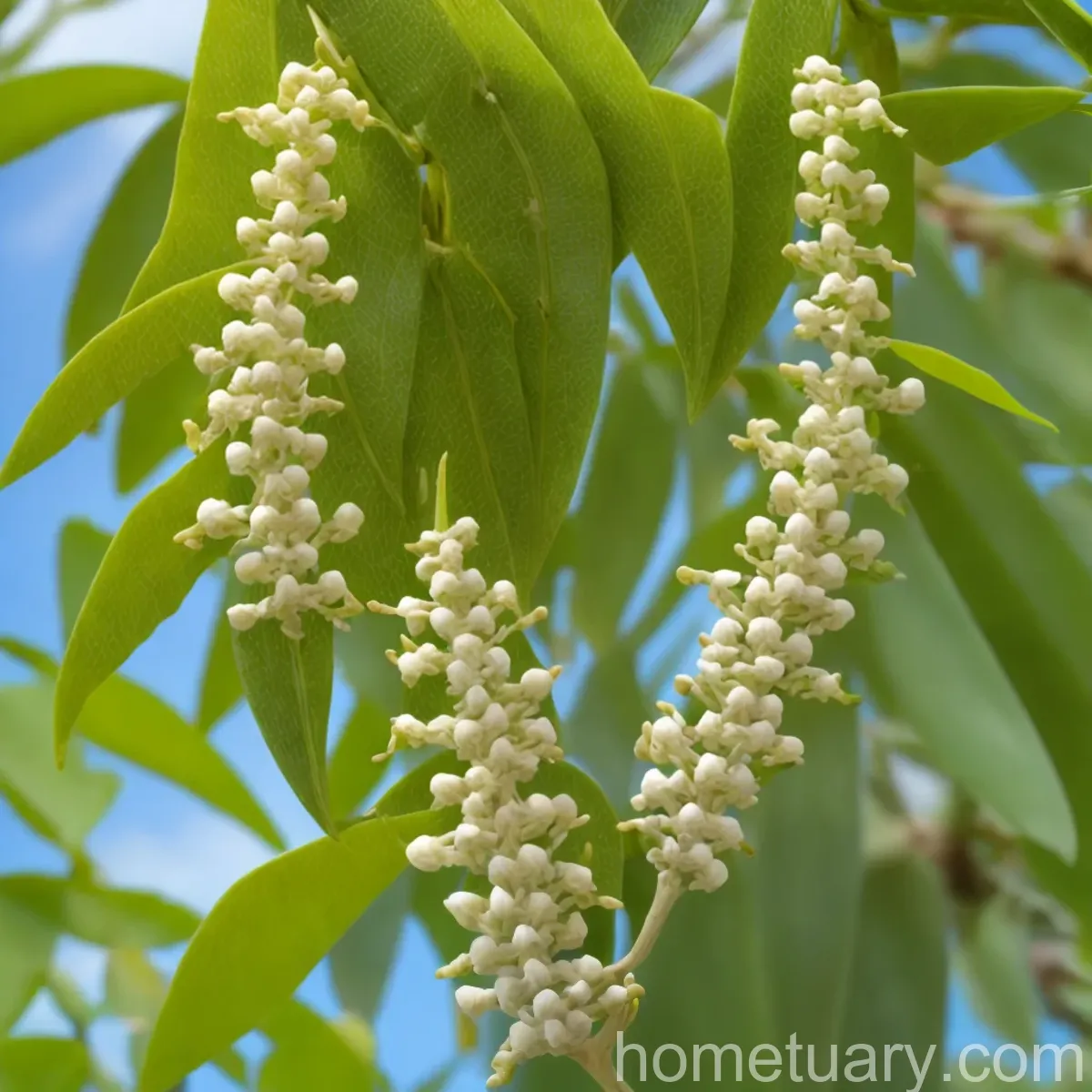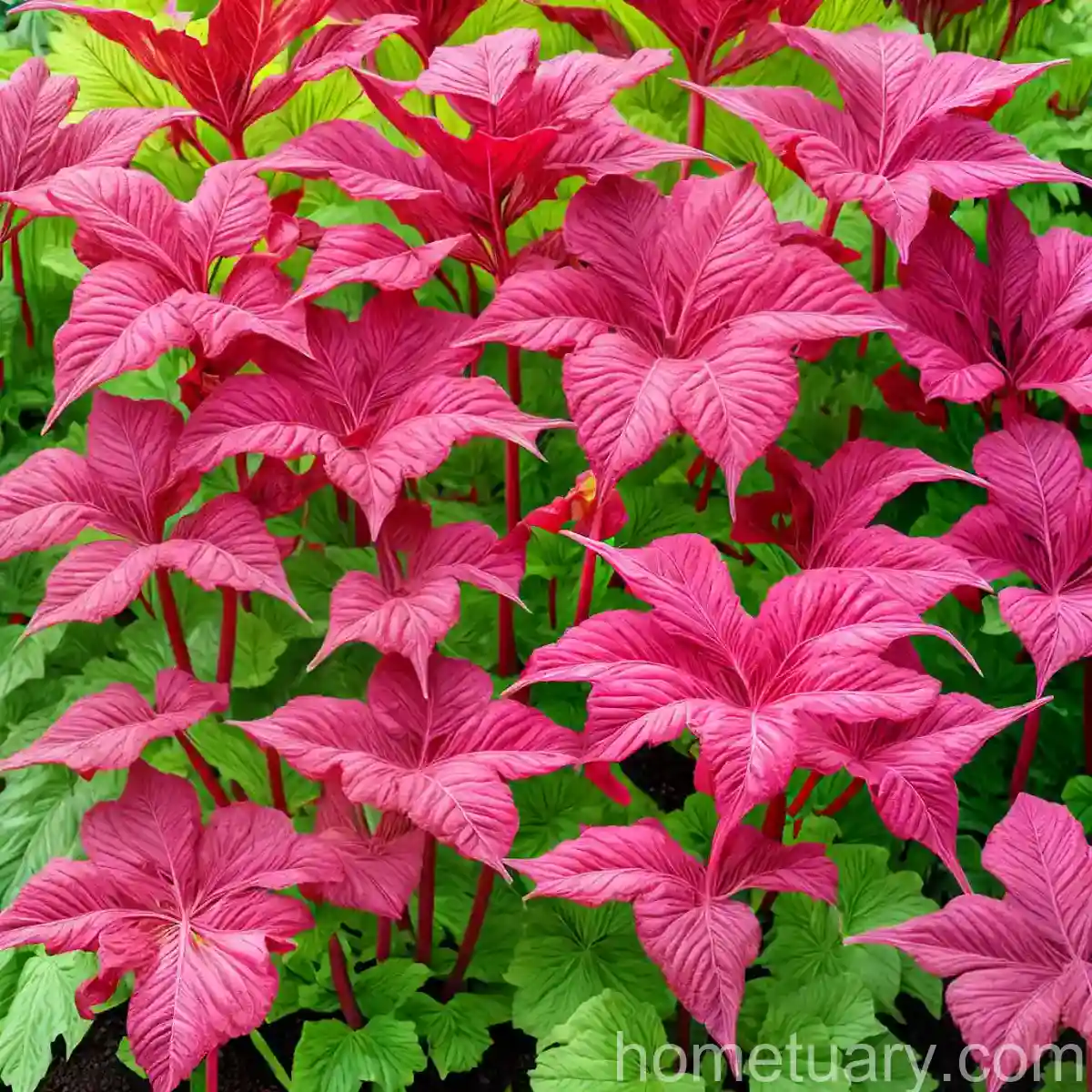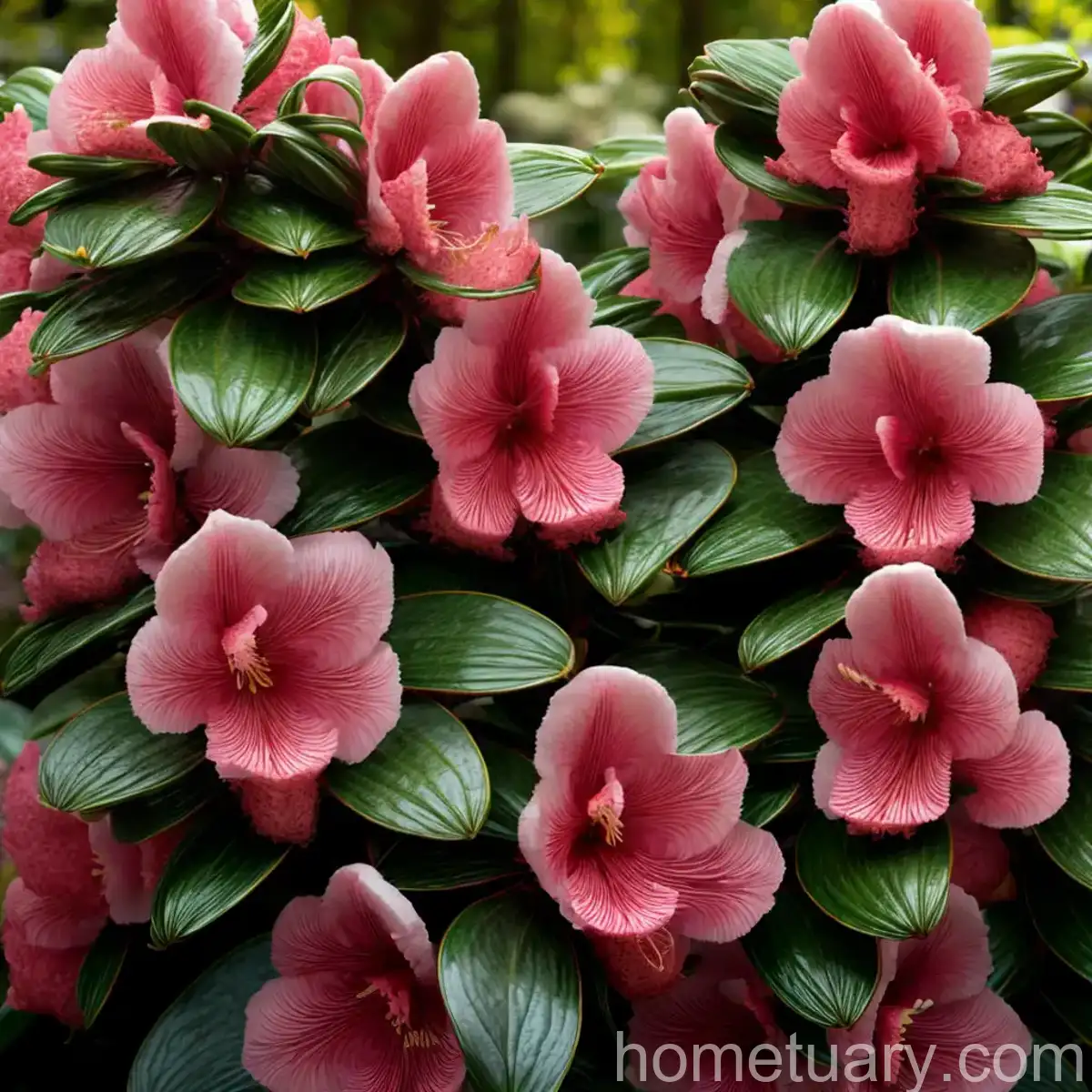All About Northern Pin Oak (Quercus ellipsoidalis)
Plants are an integral part of our ecosystem, providing a myriad of benefits that support life on Earth. One remarkable plant species that deserves attention is the northern pin oak (Quercus ellipsoidalis). This magnificent tree boasts unique characteristics and offers a range of cultural, ecological, and aesthetic uses. In this comprehensive guide, we will delve into the world of northern pin oak, exploring its key features, cultivation requirements, uses, and more.
What is the Northern Pin Oak (Quercus ellipsoidalis)?
The northern pin oak, scientifically known as Quercus ellipsoidalis, is a species of oak native to the Northern United States and Southern Canada. It is a member of the red oak group and is characterized by its distinctive lobed leaves and strong, durable wood. This species is a valuable component of northern forests and is known for its adaptability to a range of soil types and climatic conditions.
Key Takeaways – Northern Pin Oak (Quercus ellipsoidalis)
Before we embark on our exploration of the northern pin oak, here are some key takeaways about this remarkable tree:
Key Features:
- Distinctive lobed leaves
- Strong, durable wood
- Valuable for northern forests
Distribution:
- Native to the Northern United States and Southern Canada
Adaptability:
- Able to thrive in a range of soil types and climatic conditions
Cultural Significance:
- Valued for ecological, aesthetic, and practical purposes
Now, let’s delve deeper into the various aspects of the northern pin oak, shedding light on its culture, uses, care requirements, and more.
Culture
Cultivating the northern pin oak involves understanding its specific requirements and growth patterns. Proper cultural practices are essential to ensure the health and vitality of these trees.
Water
Northern pin oaks generally prefer moist, well-drained soil. While they can tolerate occasional dry spells, consistent moisture is beneficial, especially during the establishment phase and periods of drought. Adequate watering is critical for young trees to promote healthy root development and overall growth.
Sunlight
As with many oak species, the northern pin oak thrives in full sun exposure. It performs best in locations with ample sunlight, allowing for optimal photosynthesis and overall tree vigor. Planting in a location that receives direct sunlight for a significant portion of the day is ideal for the successful cultivation of these trees.
Fertilizer
When it comes to fertilization, northern pin oaks generally do not require heavy feeding. However, in nutrient-poor soils or urban environments where soil quality may be compromised, a balanced fertilizer application can be beneficial. It is crucial to monitor the tree’s growth and overall health to determine if fertilizer supplementation is necessary.
Soil
Northern pin oaks exhibit adaptability to a variety of soil types, including clay, loam, and sandy soils. They have a moderate tolerance for alkaline soils and can thrive in slightly acidic to neutral pH levels. Soil that is well-drained and rich in organic matter is advantageous for the successful cultivation of these trees.
Uses
The northern pin oak offers a multitude of uses, ranging from ecological contributions to practical applications in landscaping and woodworking. Understanding its various uses sheds light on the value of this tree species.
Ecological Importance
As a native species to the Northern United States and Southern Canada, the northern pin oak plays a crucial role in regional ecosystems. It provides habitat and food for numerous wildlife species, including birds and mammals. The acorns of the northern pin oak serve as a food source for various wildlife, contributing to the overall biodiversity of the area.
Landscaping
Northern pin oaks are often utilized in landscaping due to their picturesque appearance and vibrant autumn colors. These trees add aesthetic appeal to parks, residential areas, and public spaces. Their adaptability to different soil types and relative ease of maintenance make them a popular choice for landscapers and homeowners seeking a visually striking and ecologically valuable addition to their outdoor spaces.
Woodworking
The strong, durable wood of the northern pin oak makes it a valuable resource for woodworking purposes. Its wood is used in the production of furniture, flooring, and interior finishes. The attractive grain patterns and natural durability of the wood contribute to its desirability for a wide range of woodworking applications.
Pruning
Proper pruning is essential for maintaining the health, structure, and aesthetic appeal of northern pin oaks. Understanding the best practices for pruning these trees is crucial for their long-term vitality.
Pruning Techniques
When pruning northern pin oaks, it is important to focus on removing dead, diseased, or damaged branches. Additionally, selective thinning can help improve air circulation and light penetration within the tree canopy. Pruning should be conducted during the dormant season to minimize stress on the tree and promote optimal healing.
Pruning Frequency
While young northern pin oaks may require minimal pruning to establish a well-structured form, mature trees benefit from periodic pruning to remove deadwood and maintain a balanced canopy. Regular inspection and selective pruning are key to promoting the overall health and longevity of these trees.
Propagation
Understanding the methods of propagating northern pin oak allows for the controlled cultivation and conservation of this valuable tree species.
Seed Propagation
Northern pin oak trees can be propagated from seeds, which are typically collected from mature trees. The seeds should be stratified to simulate winter conditions before sowing. This process helps break seed dormancy and encourages germination. Once stratified, the seeds can be sown in a suitable growing medium to initiate the germination process.
Grafting
Grafting is another propagation method employed for northern pin oaks. This technique involves joining a scion from a desirable northern pin oak specimen onto a compatible rootstock. Grafting allows for the replication of specific traits and the production of genetically identical trees.
Container Popularity
The northern pin oak is also favored for container cultivation, offering versatility in various settings, from urban landscapes to patios and courtyards.
Container Considerations
When growing northern pin oaks in containers, it is essential to select a large enough container to accommodate the tree’s root system. Adequate drainage is critical to prevent waterlogged soil, which can lead to root rot. Regular monitoring of soil moisture and proper watering practices are essential for the successful cultivation of northern pin oaks in containers.
Common Diseases
While northern pin oaks are generally resilient trees, they are susceptible to certain diseases that can affect their health and vigor.
Disease Identification
Some common diseases that may affect northern pin oaks include oak wilt, anthracnose, and powdery mildew. Proper diagnosis of these diseases is crucial for implementing effective management strategies. Early detection and appropriate treatment measures can help mitigate the impact of diseases on these trees.
Common Pests
In addition to diseases, northern pin oaks may also face challenges from various pests that can compromise their health and vitality.
Pest Identification
Pests such as gypsy moth caterpillars, oak leaf miners, and oak twig pruners are known to afflict northern pin oaks. Monitoring for early signs of pest infestations and implementing control measures as needed is essential for protecting these trees from pest-related damage.
Botanist’s Tips
Drawing on a deep understanding of the northern pin oak’s biology and ecological significance, botanists offer valuable insights for the successful cultivation and preservation of these trees.
Soil Requirements
Botanists emphasize the importance of well-drained soil with adequate organic matter content for northern pin oaks. Understanding the soil preferences of these trees and ensuring suitable soil conditions is fundamental for their well-being.
Wildlife Value
Botanists highlight the wildlife value of northern pin oaks as a key consideration in conservation efforts. The trees provide essential resources for wildlife, contributing to the overall biodiversity and ecological balance in their native habitats.
Fun Facts
Exploring the lesser-known aspects of the northern pin oak reveals intriguing and fascinating facts about this remarkable tree.
Autumn Color
One of the standout features of the northern pin oak is its vibrant autumn foliage, which transforms into striking shades of red and bronze. The spectacular autumn color display adds to the visual appeal of these trees, making them a captivating sight in natural and urban environments alike.
Acorns
Northern pin oaks produce acorns that serve as a vital food source for numerous wildlife species, contributing to the overall health and diversity of regional ecosystems. The production of acorns plays a significant role in the reproductive success and ecological impact of these trees.
Links to External Resources
For further exploration of the northern pin oak, consider the following external resources:
- USDA Plants Database – Quercus ellipsoidalis
- Tree Guide – Northern Pin Oak
- Arbor Day Foundation – Northern Pin Oak
In conclusion, the northern pin oak (Quercus ellipsoidalis) stands as a testament to the resilience and beauty of native tree species in the Northern United States and Southern Canada. From its ecological significance to its practical uses in landscaping and woodworking, this remarkable tree embodies the multifaceted value of plant life in our natural world. By understanding and appreciating the unique characteristics and requirements of the northern pin oak, we can further enhance our stewardship of the environment and contribute to the conservation of this treasured species.
Remember to continue observing and appreciating the natural beauty that surrounds us, and consider the vital role that plants, such as the northern pin oak, play in sustaining our planet’s ecosystems.




